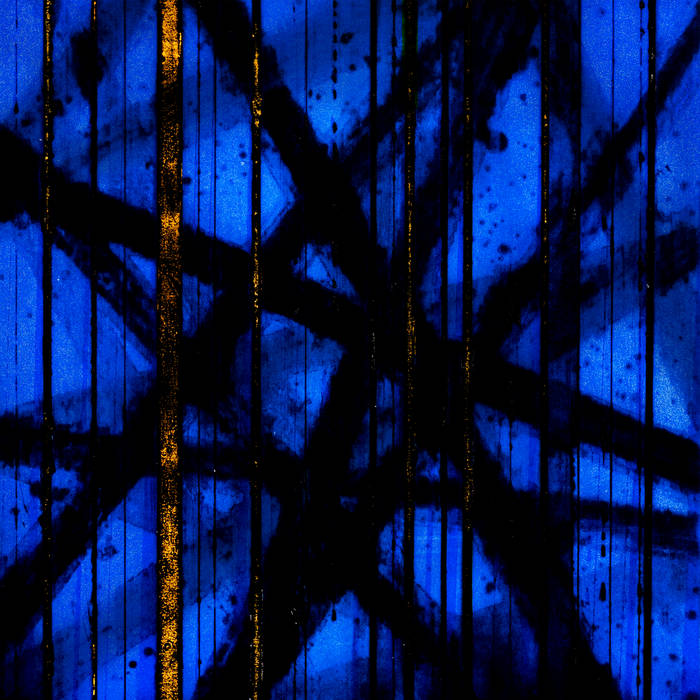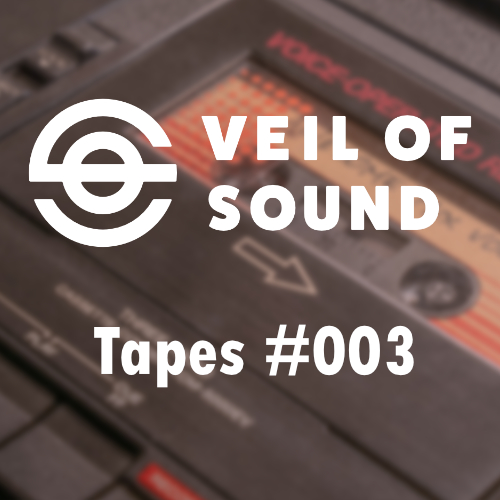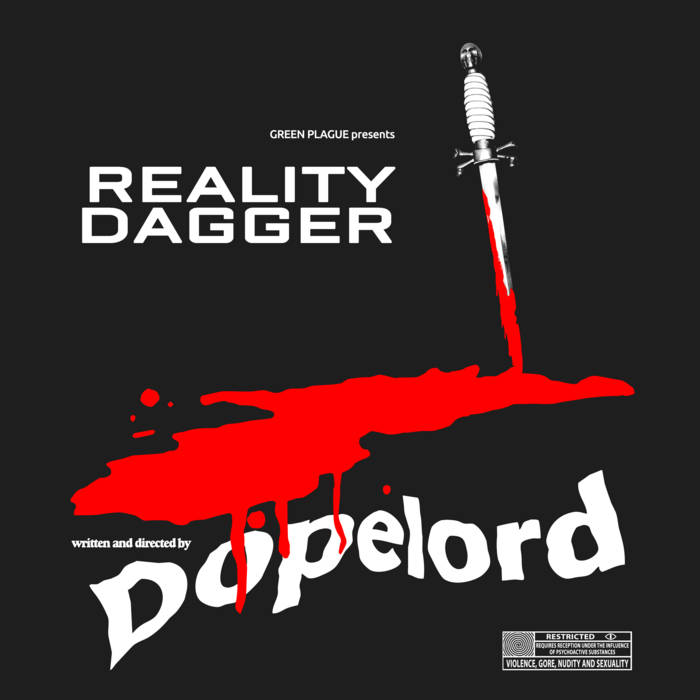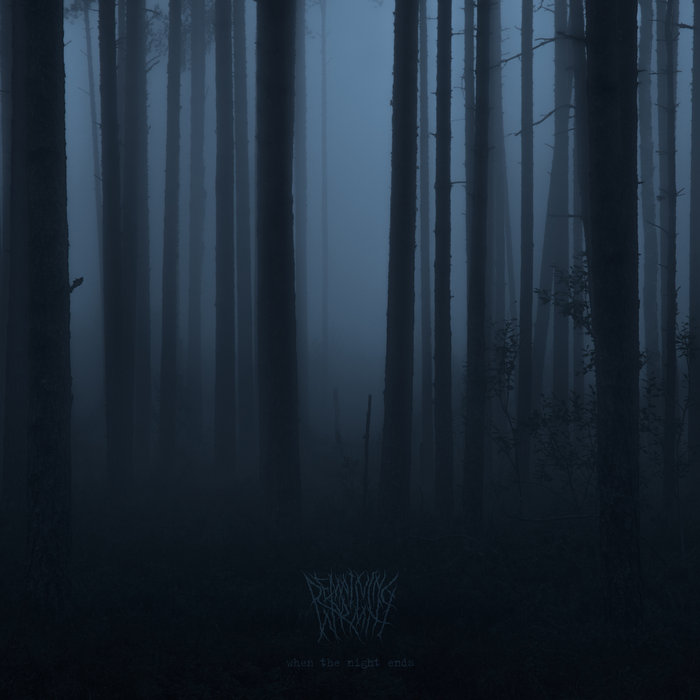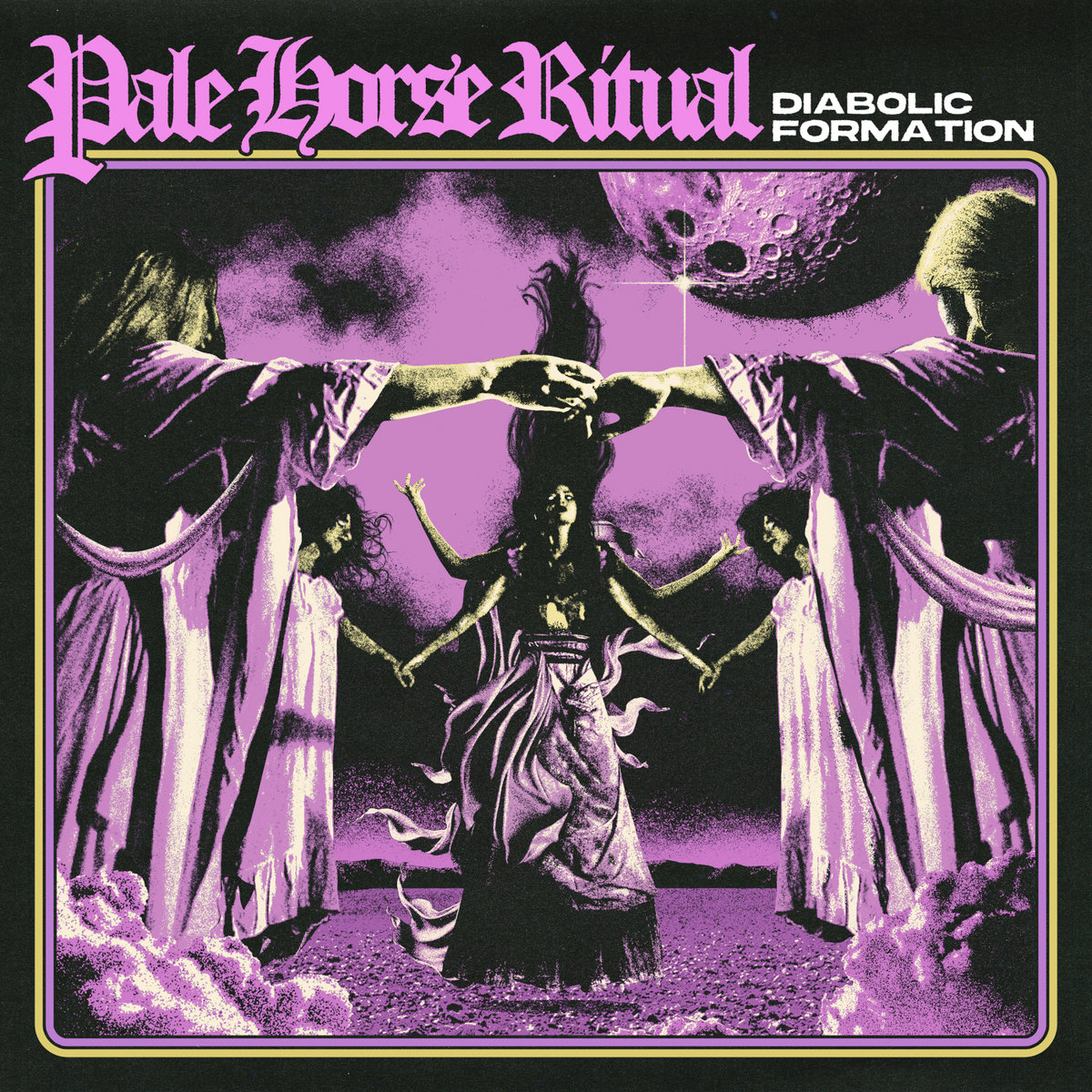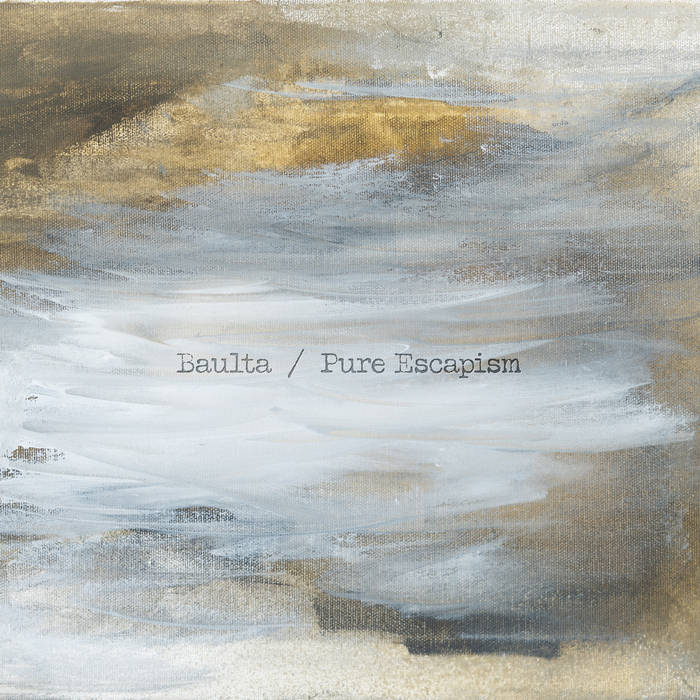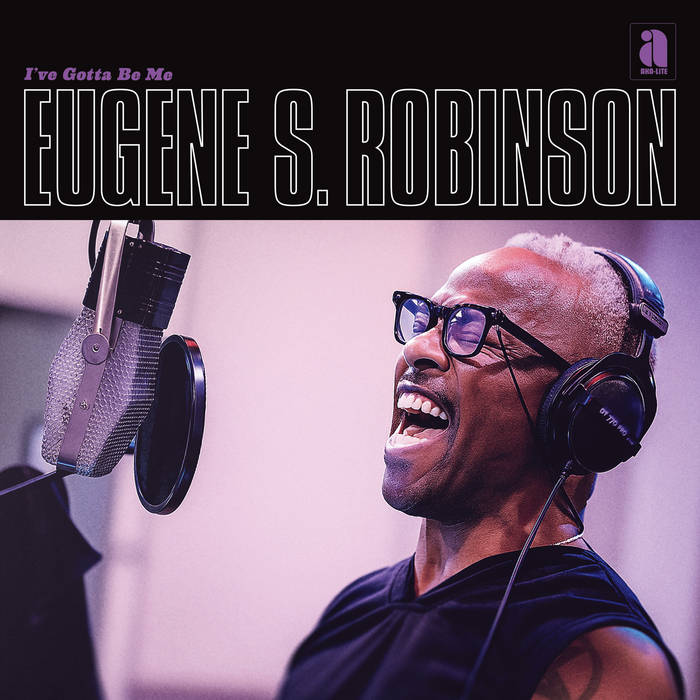French Neo-Classical music is peaking during the pandemic plague which is scaring many of us out of their wits. With this intimate kind of music we might resurrect our sense of lost respectful intimacy without sacrificing our privacy.
Privacy and intimacy. Two ideas inherent in Neo-Classical music, which often seeks to warm our hearts without invading our space. In times of the global pandemic which rules our lives we have either lost the ability and possibility of creating and feeling intimacy towards others because of social distancing rules. Or we have lost our sense of self-establishing privacy, of being able to maintain a healthy “me” in the midst of being locked down at home with the lost ones who (sometimes righteously) cannot care about our wish for being alone.
Some of the best Neo-Classical composers or artists come from France: Bruit≤ (mixing it with Post-Rock), Oiseaux-Tempete (who are simply avantgardist one every level) or Christine Ott from Strasbourg, Alsace. The multi-instrumentalist – on her new album Time To Die she plays nine instruments and sometimes uses her vocal chords as a tenth one – is able to create a feeling of intimacy with the audience as we get lost in her use of several keyboard instruments. Her “compositions” are warm, heartwarmingly warm and able to strike a chord in us; however she never tries to dominate the listener by being too loud, too noisy or too blunt. Intimacy and privacy.
The audience might nevertheless lose itself in this music if you really give it a try; and that often is rooted in Ott’s structuring of the album. She follows highly intense piano-based pieces like “Brumes” with the fragile ambient-inspired wavey “Landscapes” which also features her vocals. As a side-note: “vocals” can be seen here as synonymous with “vocalizing” in order to clarify that we are not hearing lyrics or words, choruses or verses. She gives air to her vocal harmonies and lets them float towards us without wanting to persuade us of anything, but maybe telling us of her feelings in that moments. Resemblances to unrecorded sirens and their songs are probably non-intentional, yet not denied. This is what I meant when talking about her not wanting to dominate us: She doesn’t want to tell us what to think or feel or embrace, but she tries to give us a sense of what she was feeling, yet leaves much room for us to maybe also re-define her own emotional status at that time by allowing for the audience’s individual interpretation.
And as we interpret, we construct, we give sense and meaning, we create a universe around these songs and become creator. In that sense this music is quite the opposite of what the title says: This music will not die, but maybe the sense that its creator had in mind dies because of us and what we do with it. Many artists would not be ready to sacrifice their own notion of what they want to say for the audience – Christine Ott does so without seeing it as a bad thing, but (maybe) only as another step throughout the unbreakable cycle.
Sometimes her music can be disseminated by sheer endless analysis or putting into context. We can talk about the fact that with “Comma Opening” she finished a triptych of songs based on the Ondes Martenot, an instrument which is like a mix of a theremin (whose history you should read up on as it’s a perfect Cold War thriller) and an early synthesizer. We can discuss her playing the harp on “Chasing Harp”, we can, we can, yes, we can. But maybe it is time not to discuss with others as they might have constructed a completely different universe around Ott’s haunting and enchanting compositions.
This music is not opening discussions, maybe comparisons. Feeling, not thinking. Being with yourself and being with this music. Intimacy and privacy, perfectly matched.

